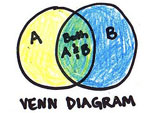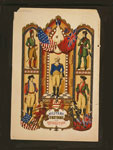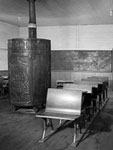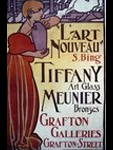Resources for Teaching Local History

Is there a great resource for local history teaching strategies, guides for students, or recommended how-tos?
Teaching local history is an excellent way to bring the past to life for students, and many teachers are interested in finding a way to connect the classroom with the community.
Where to Start
The first place to start is by checking out our response to a similar question about local history. In it, we recommended using your state’s standards to identify important topics and concepts, making use of timelines and maps, and establishing some good guiding questions. We also provided links to some helpful resources. The National Parks Service, for instance, offers a guide on teaching with historic places, and the New England Flow of History project offers some teaching ideas and resources.
Resources on Our Site
But there are also other resources at Teachinghistory.org that offer suggestions about how to teach local history. In the Best Practices section, educator James A. Percoco offers his take on how to transport students outside of the classroom to understand the past; and, in another piece, he explains his use of Individual Field Trips. Other relevant resources on our site include a piece in which teacher Amy Trenkle demonstrates how she helps students get the most out of museum visits. A third resource, detailing Edutopia’s Geo-Literacy Project, presents an interdisciplinary, project-based approach to teaching local history. A Teaching Guide by AP teacher Roseanne Lichatin models connecting students with local museums and historical societies.
External Resources
Outside Teachinghistory.org, there are other excellent resources as well. The Library of Congress offers several good lesson plans on local history, including one that uses oral history and another in which students build their own primary source archives. Another resource, from the Massachusetts Studies Project, provides a list of tools for teaching local history—a great resource that will be helpful to those both inside and outside of the state. The Illinois Periodical Online Project offers a helpful primer on teaching local history through family history. And, in a TeacherTube video, Australian teacher Doug Bradby gives a talk about the use of local history in the classroom.
Hopefully these resources will give you some food for thought about teaching local history. Let us know how it turns out.



![India ink over pencil, [Section four. Liberty bonds getting kicked around and howling "I wanta go back to par"] (detail), February 15, 1921, Art Young, Library of Congress India ink and pencil, Section four. . . (detail), 1921, Art Young, LoC](/sites/default/files/TacklingTough150x113.jpg)



